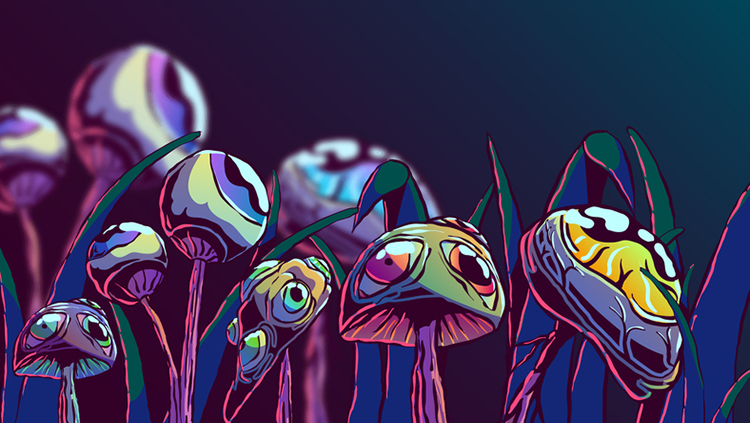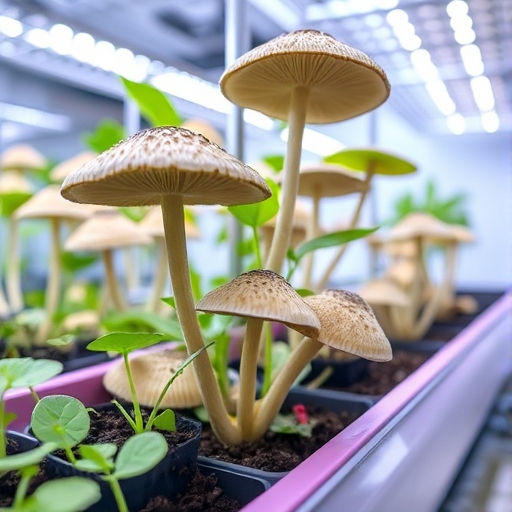Therapeutic Potential of Psychedelics:
In recent years, psychedelics have re-emerged as promising tools in mental health treatment, challenging long-standing stigma and reshaping the future of psychiatric care. Substances like psilocybin (found in “magic” mushrooms), MDMA, LSD, and ketamine are being evaluated in clinical settings for their ability to alleviate conditions that traditional therapies often struggle to treat.
A Shift in Scientific Understanding
Psychedelics were once widely studied in the 1950s and 1960s before legal restrictions halted most research. Today, renewed scientific interest—backed by controlled clinical trials—shows strong potential benefits, especially for mental health disorders like depression, PTSD, and anxiety.
Instead of acting as daily symptom suppressants, psychedelics typically work in conjunction with therapy by enhancing emotional openness, reducing fear responses, and promoting new neural connections. This makes them uniquely suited for breakthrough progress in conditions that have been resistant to conventional treatment.
Promising Clinical Applications
1. Depression:
Psilocybin-assisted therapy has shown significant results in reducing symptoms of major depressive disorder. A single guided session can lead to improvements lasting weeks or even months.
2. PTSD:
MDMA-assisted psychotherapy is currently in advanced clinical trials. Patients report reduced anxiety, improved emotional processing, and fewer intrusive memories.
3. Anxiety in Terminal Illness:
Studies show that psychedelics help patients facing life-threatening illnesses cope with fear, existential distress, and depression more effectively than many traditional treatments.
4. Addiction:
Preliminary research suggests that psychedelics may help individuals break patterns of addiction by disrupting habitual thinking and encouraging introspection.
How Psychedelics Work in Therapy
Psychedelics do not function as standalone cures. Their success relies on structured, guided therapeutic settings—before, during, and after each session. This approach allows patients to explore suppressed emotions, reframe painful memories, and build long-term psychological resilience.
Neuroscientifically, psychedelics can temporarily reduce activity in the brain’s default mode network, which is associated with rigid thinking and rumination. This creates opportunities for new patterns of thought and behavior.
Regulatory Progress and Caution
While progress is underway, psychedelics are still tightly regulated in most countries. However, places like Australia, parts of the United States, and Canada have moved toward legal therapeutic use under medical supervision.
Despite strong potential, psychedelics are not risk-free. They may trigger distressing experiences if used without proper guidance, and they are not suitable for everyone—particularly individuals with certain psychiatric conditions.
Conclusion
The therapeutic potential of psychedelics is gaining global recognition. With responsible regulation, proper clinical support, and ongoing research, these substances could revolutionize modern mental health care. Rather than masking symptoms, psychedelic-assisted therapy offers an opportunity to address root causes, promoting healing, emotional growth, and long-lasting change.


